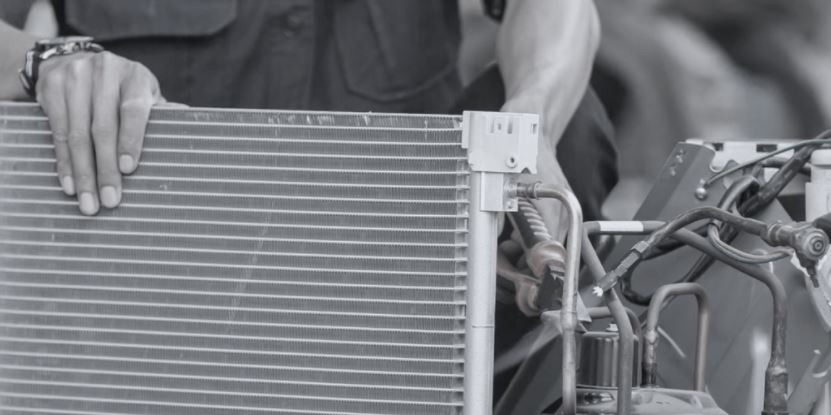 Aluminum is popular in making refrigeration coils since it’s a good conductor of heat, can resist corrosion, and is easy to repair. Usually, some practical approaches to repair aluminum coils involve heat through welding, adhesive bonding, and blazing. All these are made possible by the use of simple procedures. The aim of any project is to ensure the aluminum coil is restored to its original strength. In this discussion, we shall look at how to braze a leaking aluminum coil. Read on.
Aluminum is popular in making refrigeration coils since it’s a good conductor of heat, can resist corrosion, and is easy to repair. Usually, some practical approaches to repair aluminum coils involve heat through welding, adhesive bonding, and blazing. All these are made possible by the use of simple procedures. The aim of any project is to ensure the aluminum coil is restored to its original strength. In this discussion, we shall look at how to braze a leaking aluminum coil. Read on.
What You’ll Need
- A patch metal preferably 3030 aluminum alloy
- TIG welder
- A medium-sized file
- A small knife
- Clean microfiber cloth
- 120 grit emery cloth
The Procedure
A puncture in the aluminum coil would require brazing which involves heating the metal to a near-melting point until the filler material melts and forms a bond with the coil. Therefore, you need to be patient and hold the temperature until the filler material melts. TIG welding is also a suitable option since it produces a higher temperature, thereby speeding the repair. For smaller holes, adhesive bonding and blazing may be considered.
When choosing the patch size, ensure it’s slightly larger than the aluminum coil. Also, it shouldn’t be larger than 1/4 inches more than the edges of the coil. Typically, 3003 alloys from hcaluminum are recommended since they are the most popular options for refrigeration aluminum coils.
Start by cutting the patch from a piece of aluminum tubing; the diameter should be slighter larger. Additionally, ensure the surfaces are clean before blazing. Due to the corrosive nature of aluminum soldering fluxes, you can repair them without using flux.
The next step is to prepare the surface by removing any materials that can interfere with your working area. Remove dirt and oil by wiping with a clean microfiber cloth. You may notice an oxide deposit on the aluminum coils. It can be hard to remove with a normal cloth. In this case, use an emery cloth consisting of 120 grit, a knife, and a file to clean the edges.
Direct the torch flame to the repair area and rub the solder on the surface. Hold the flame until the metal starts to melt. You’ll notice molten aluminum forming in the area. Move the torch in a back and forth manner to prevent burning through the thin aluminum coil. If the hole is larger, you can use a large amount of solder.
When repairing a leaking aluminum using heat, you should take care so that the solder doesn’t melt with heating welding since it can open firm joints. For TIG welding, the heat is high, and it’s possible to complete the repair quickly. If you’d like prolonged welding, you can place a wet cloth on the soldered joints to maintain their coolness.
Conclusion
When blazing a leaking aluminum coil, it’s essential to ensure there’s consistency in the temperature to melt the solder metal or the patch. Also, ensure the surface is clean and clear off any oxide so that it doesn’t interfere with the quality of the job. For larger holes, TIG welding is the best option.

